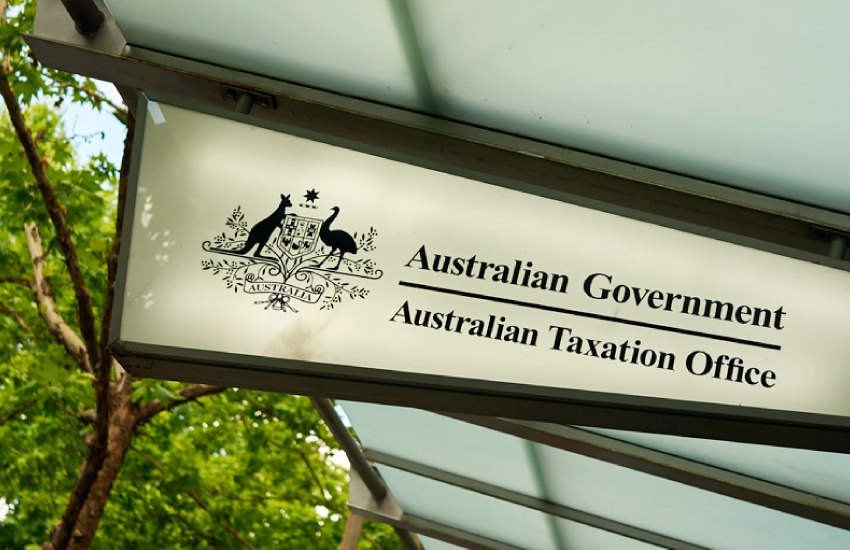Tax ruling a warning to SMSFs on ‘rubber stamping’
Further guidance released by the ATO on central control and management has highlighted the importance of minutes for ensuring an SMSF meets the residency rules, says an industry lawyer.
The ATO has released the finalised version of TR 2018/5 following a draft version that was released last year.
The ruling provides clarity on the ATO’s position on when a company will be considered a resident in Australia for tax purposes under the central management and control test of residency.
Given that the residency test for determining whether an SMSF is an Australian superannuation fund hinges off central management and control, this ruling is also significant for SMSFs, explains DBA Lawyers director Daniel Butler.
The ATO has also issued practical compliance guideline 2018/D3 which explains how to apply the commissioner’s views in TR 2018/5.
Mr Butler said this guidance is important for SMSF members who head overseas and then appoint an attorney as an instituted director.
The ruling emphasises that directors must be the ones making high level decisions and exercising their own intelligence and knowledge as opposed to merely “rubber stamping” decisions, he said.
In the SMSF context, Mr Butler said the parents may have gone overseas are appointed their adult children as directors but are still dictating high level decisions.
“The children may be seen as the outsiders who are the puppets and doing everything at the call and direction of their parents who are overseas,” he explained.
“SMSFs need to be very careful that the instituted directors in Australia are not mere puppets who are rubber stamping decisions.”
The guidance highlights that the knowledge of the directors is an important element in establishing whether a fund meets the central control and management test, said Mr Butler.
“If you’re going to appoint an attorney to run the fund then you want to select someone who is familiar with the SMSF space because as a director they will need to meet obligations under the Corporations Act,” he warned.
“When they consent to being a director, they have to say they know about all these super rules and if things go off the rails they could be hit up with penalties.”
The guidance also stresses the importance of minutes as evidence for establishing that a fund has its central management control in Australia.
Mr Butler said the ATO makes it clear that if a fund has good board minutes setting out key decisions and the location at which they were made, the ATO won’t need to go looking further at other evidence.
PCG 2018/D3 states that “only when a company has not kept board minutes, makes high-level decisions outside of board meetings, the board minutes do not disclose where directors are making a company’s high-level decision or the board minutes are false, will it be necessary to look at other evidence of who makes and where they make the company's high-level decisions”.
Mr Butler said SMSFs are typically very light on minutes and resolutions.
“They generally don’t document hardly anything. It's generally their accountants who whack a few things together at the end of the financial year,” he said.
“Being more proactive with keeping minutes and resolutions is a very good thing and important for risk management.”

Miranda Brownlee
Miranda Brownlee is the deputy editor of SMSF Adviser, which is the leading source of news, strategy and educational content for professionals working in the SMSF sector.
Since joining the team in 2014, Miranda has been responsible for breaking some of the biggest superannuation stories in Australia, and has reported extensively on technical strategy and legislative updates.
Miranda also has broad business and financial services reporting experience, having written for titles including Investor Daily, ifa and Accountants Daily.


